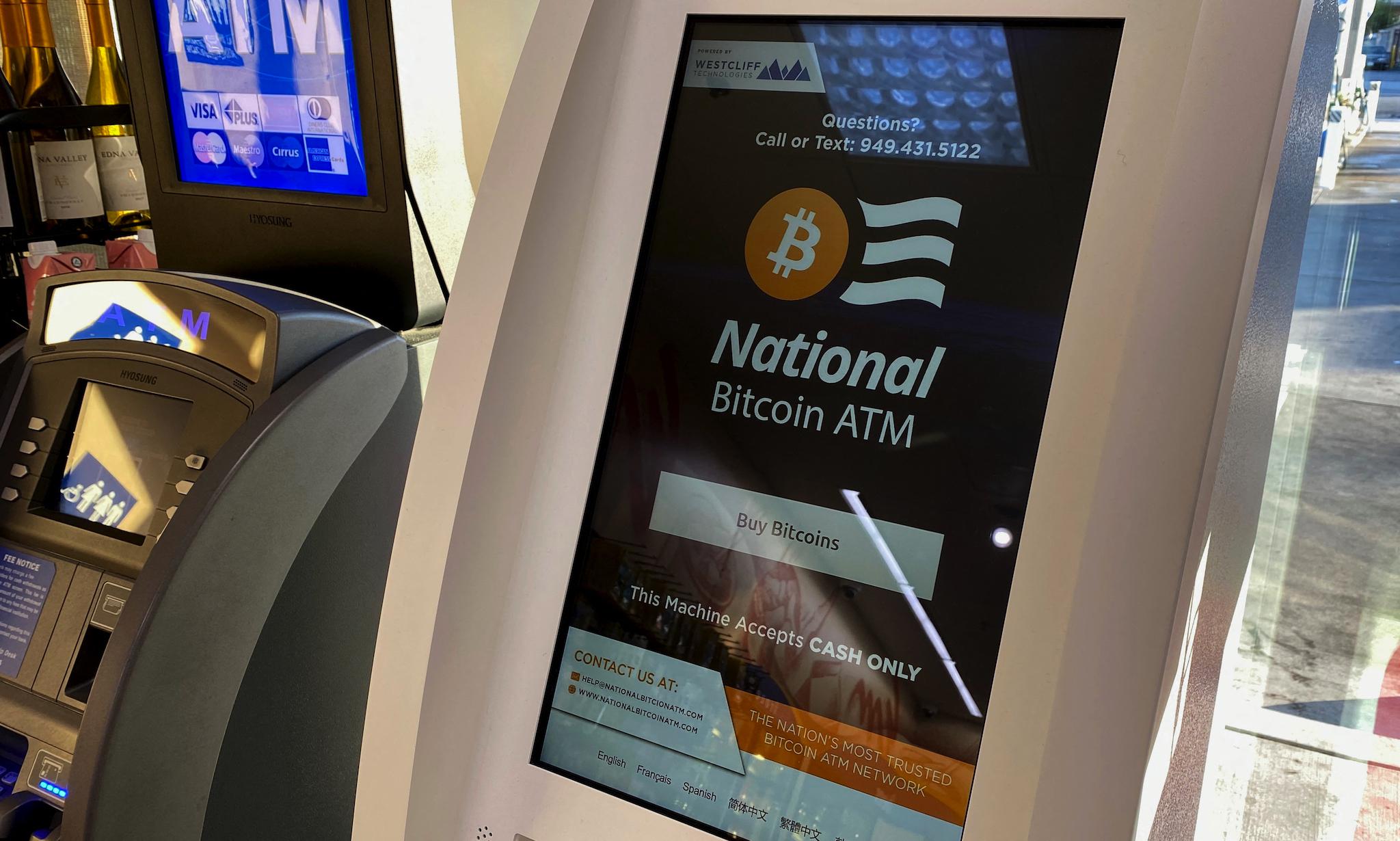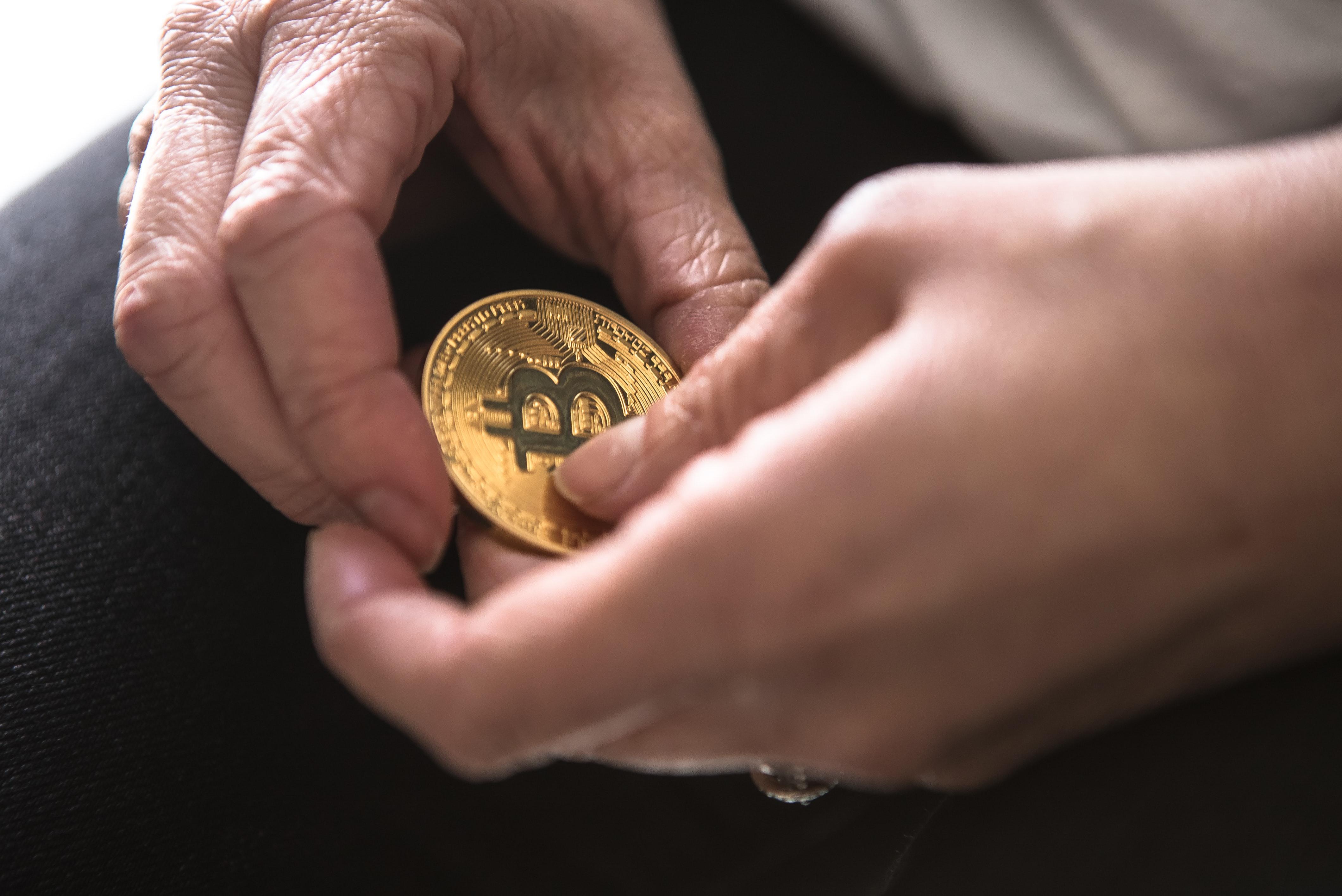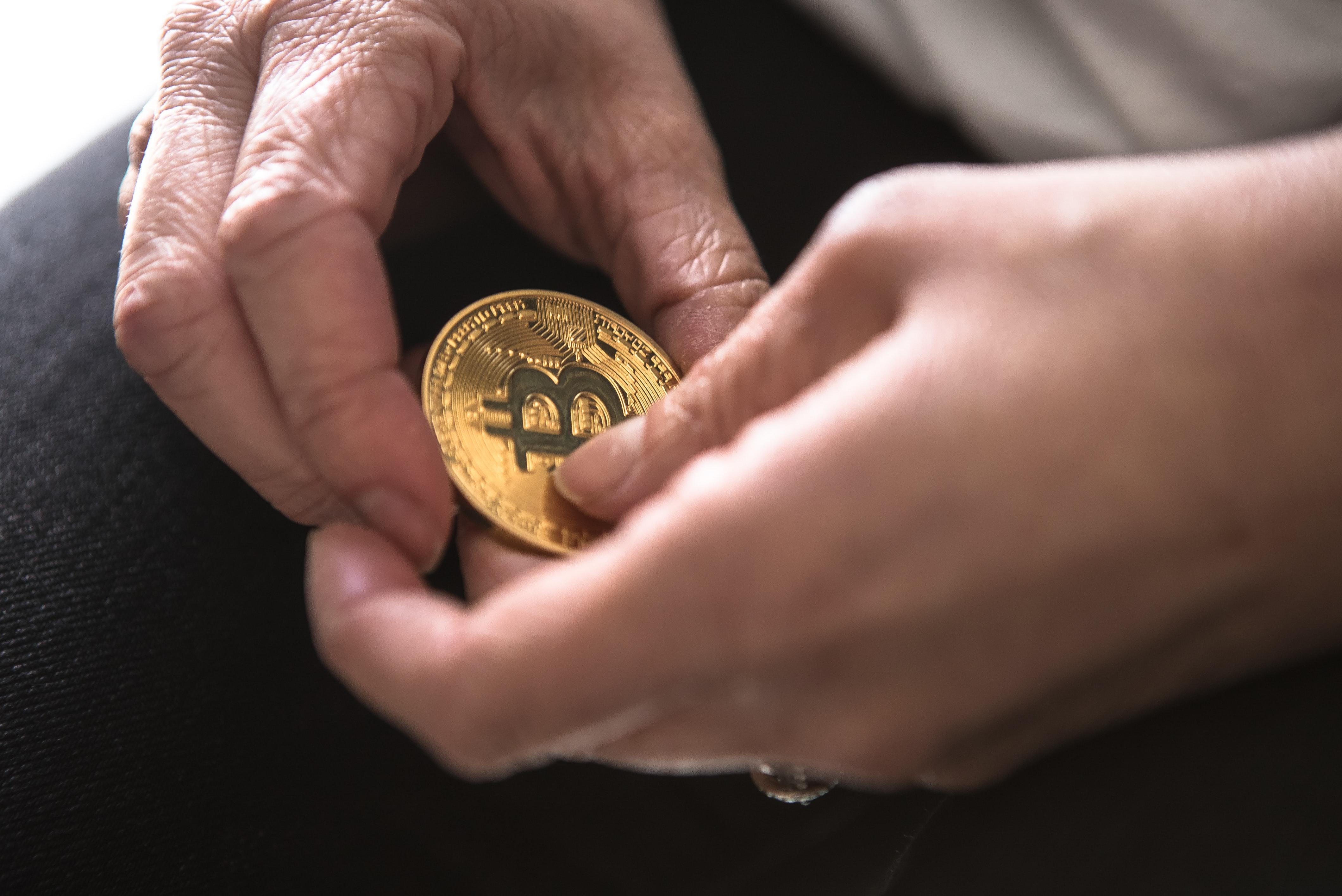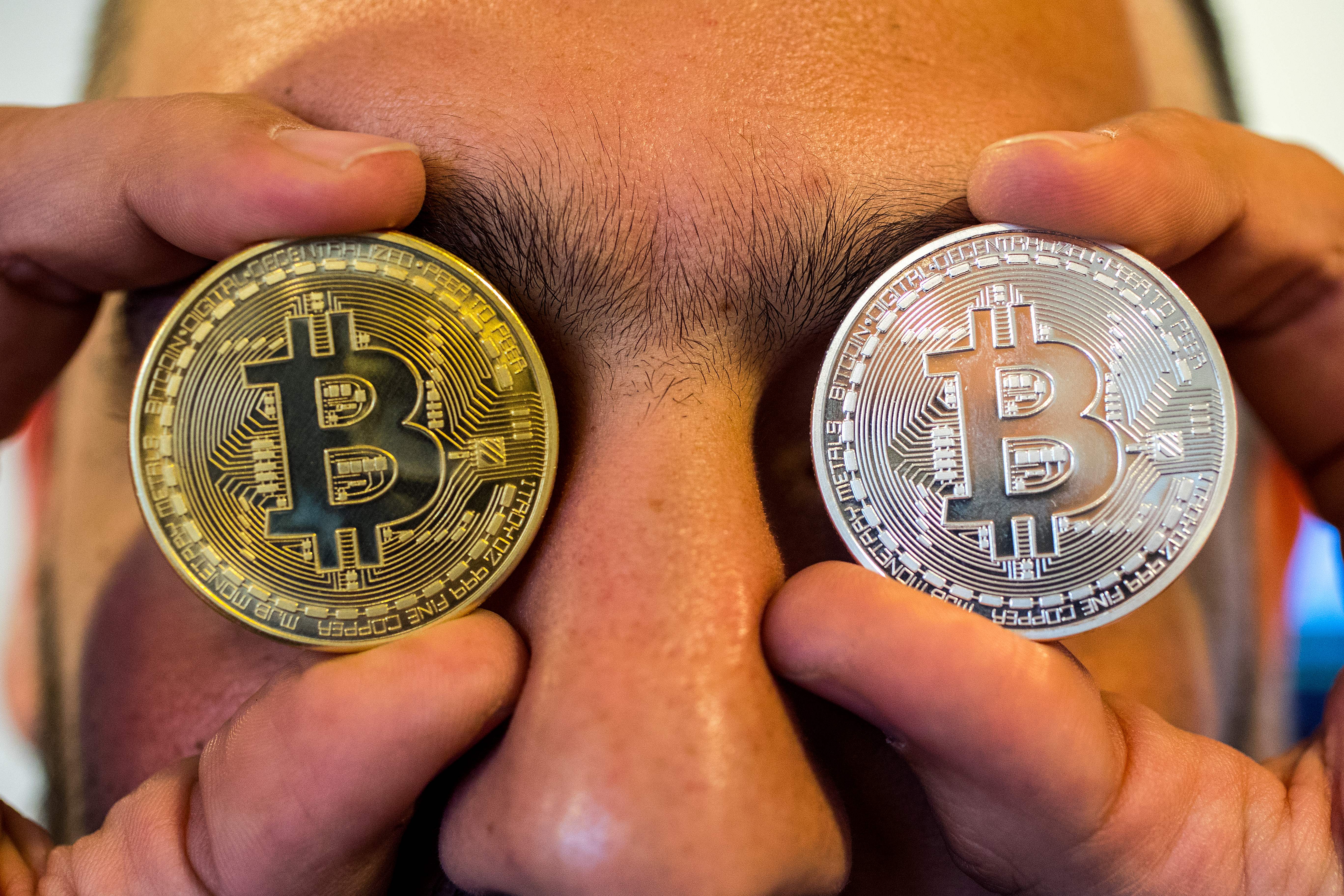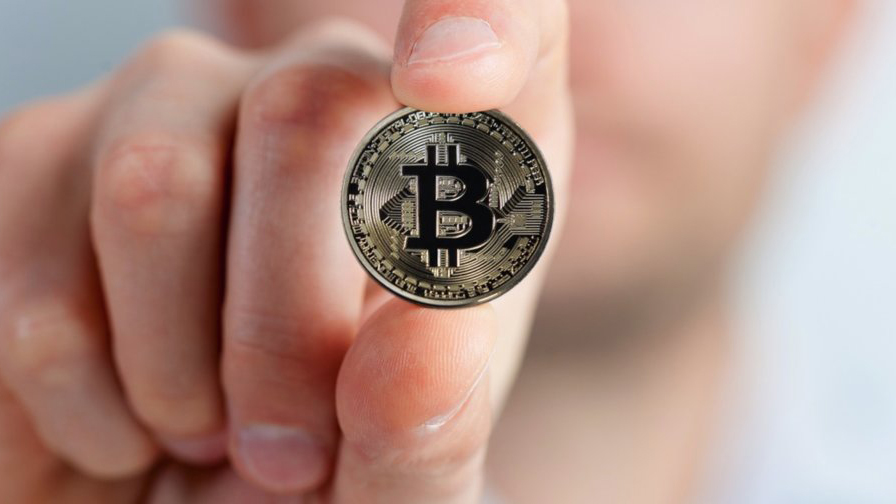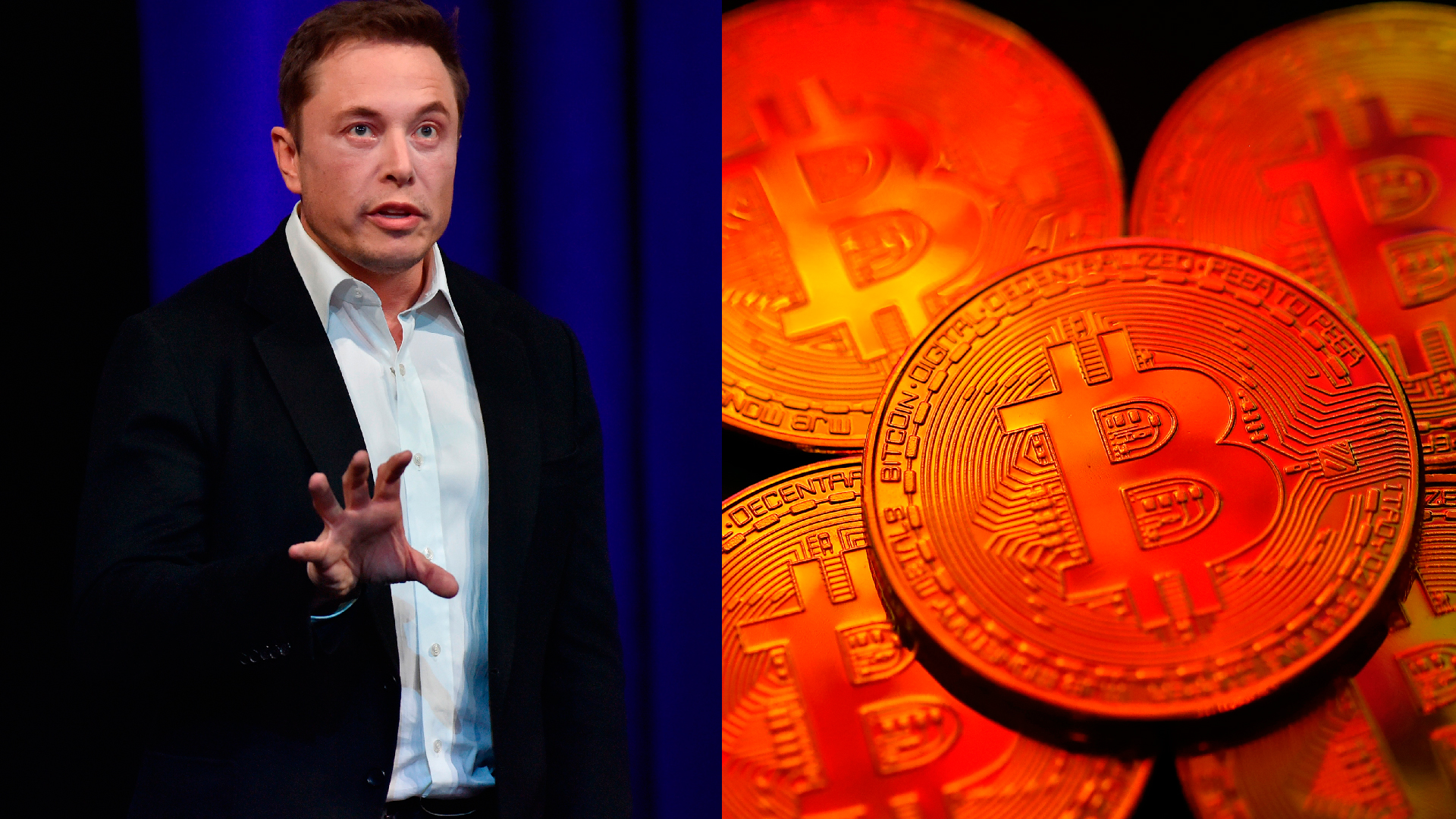cryptocurrency
Economist Tyler Cowen says there are good reasons to be crypto-skeptical.
▸
4 min
—
with
Bitcoin is often derided as volatile, but a new report suggests there is a method to the madness.
Bitcoin’s creator owns five percent of the entire Bitcoin supply, meaning that he has a larger percent of Bitcoin than the U.S. has of gold.
The first nation to make bitcoin legal tender will use geothermal energy to mine it.
The more you donate, the greater your chances.
A crash course in the history of money, the birth of Bitcoin, and blockchain technology.
▸
17 min
—
with
Is Bitcoin akin to ‘digital gold’?
Unfortunately, it’s getting easier to predict what might happen to cryptocurrencies when the economy takes a nosedive.
In 2018, The New York Times published a comprehensive expose on the burgeoning crypto movement that detailed the luxurious lives of the newly crypto rich. The article, aptly titled, “Everyone […]
What does it mean for the future of the cryptocurrency movement and its impact on the environment?
Once a lucrative exercise anyone could do, bitcoin mining has grown out of control, and governments are weighing what to do.
The term “hodl” originated in a drunken post about Bitcoin from 2013, but it’s evolved into a movement in the cryptocurrency community.
A new study highlights how blockchain technology can be a game-changer in education.
Bitcoin started at $.008, and today is worth over $12,000. What’s the deal with other cryptocurrencies? We’re here to help.
Everybody seems to be making money on bitcoin and other cryptocurrency, but not many people grasp how the underlying technology works. Bitcoin is now traded on the exchanges for futures contracts. Is this problematic for amateur day traders that may not understand how bitcoin works?
Did Elon Musk invent Bitcoin? The mystery surrounding the creator of the world’s most popular cryptocurrency deepens.


